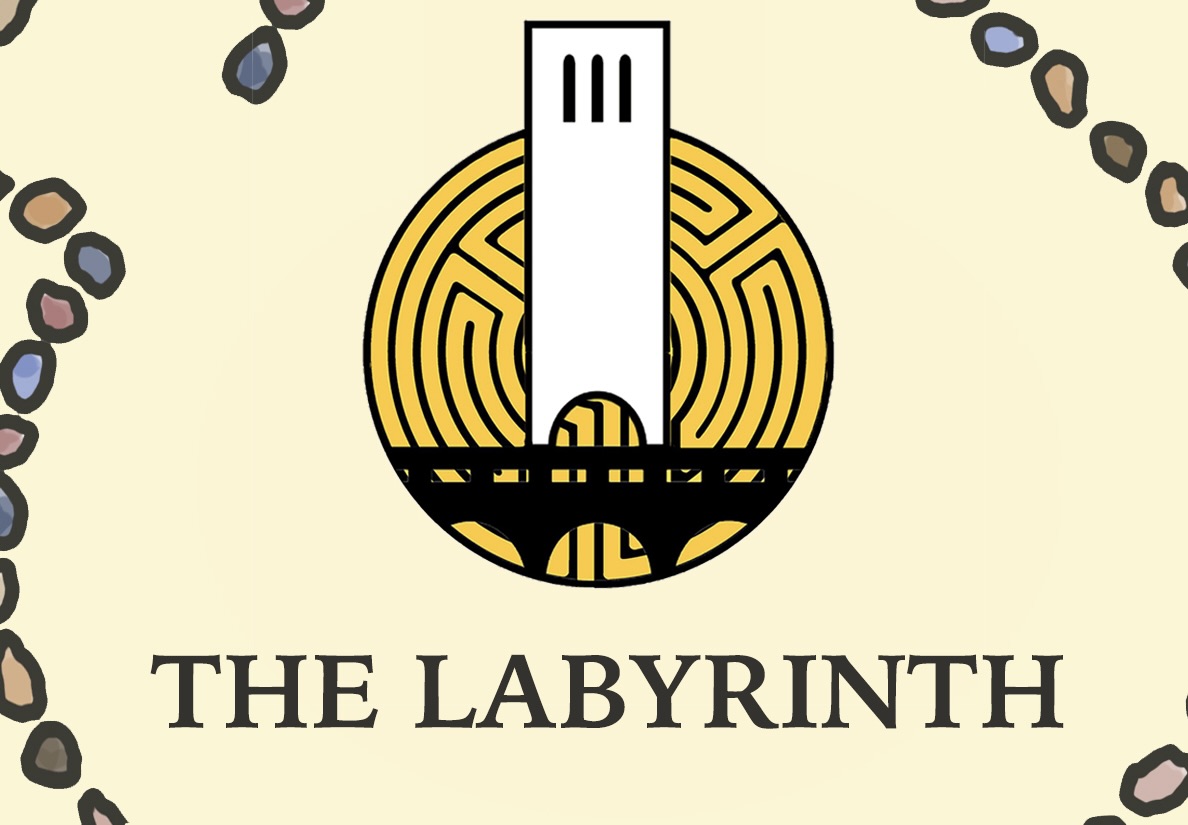The uncontested queen among her superhero sisters (albeit only a princess), Diana of Themyscira, more famously known as Wonder Woman, has maintained near-constant publication since her creation in 1941. However, now, as part of DC Comics’ “Absolute” line, the amazing Amazon is receiving the reimagining to end all reimaginings. Tapping Eisner Award-winning writer Kelly Thompson and artist Hayden Sherman, the premise of “Absolute Wonder Woman” is as follows: in a world where DC’s iconic characters have been stripped of their traditional upbringings and advantages, Diana is no longer a child of paradise, instead raised in Hell’s harsh climes, brought-up by the sorceress Circe to be both witch and monster-slaying warrior.
Admittedly, this premise — and the massive sword centered in promotional materials — pose a worrying proposition for a character whose subversive pacifism has so often been stripped away for genre-standard ultraviolence, or Conan-lite sword-slinging. While impressive, the team’s previous works don’t engender confidence. Sherman’s credits include “John Carter: The End,” meaning sword-slinging is their forte, and, more significantly, Thompson’s concurrent DC series “Birds of Prey” casts Wonder Woman as an überfrau antagonist, who beats fellow superhero Green Arrow bloody after attempting to drop him off a rooftop.
Despite prior shortcomings, Thompson pledges the main character of “Absolute Wonder Woman” will remain the compassionate character fans expect. Broadly, the issue upholds this promise, and, in absolute summary, “Absolute Wonder Woman #1” is a satisfying enough read, which successfully employs innovative artistic choices to support its central reimagining. However, while not entirely scant in spectacle or heart, the issue lacks the resonance necessary to prove a true sensation.
Regrettably, the comic orients around a fight-scene between Diana and the red-hued, reptilian (rather generic) Harbingers — whose motivations for attacking scenic Gateway City are left unclear. Hooking readers via combat is understandable, if not thematically troubling. Thankfully, Sherman’s pencils deliver. The fight feels sweeping as opposed to staccato, making for a welcome change of pace. Their circle-centric, inset-heavy paneling is inventive, breaking traditional tier-structures to achieve greater dynamism and spotlight Diana’s emotions (plus those of innocent bystanders) as the fight reaches pitch-after-pitch of excitement. In fact, these bystanders — imperiled at crucial moments — contest potential violence-for-violence’s-sake, establishing life’s preservation as Diana’s motivator.
Furthermore, the bipartite fight scene bookends lengthy flashbacks to Diana’s childhood in Hell — partly comprising a lovely (if long) sequence of four-panel spreads. Steady additions to her cave-dwelling indicate love’s transformative effect, particularly upon the initially pragmatic Circe, who grows to adore Diana. As it is Circe who sets Diana into the world, providing her with the weaponry she employs, even the violence throughout flows (in a sense) from the font of love.
Yet, the issue’s crown-jewel comes early on, as the infant Diana is singed by a fire-breathing lizard. Instinctively, even angrily, she grabs it, pulling it up to her face … to gently wag her finger. The tiny kiss she gives it is the bow-on-top, creating an absolutely adorable scene that speaks to Diana’s character and how she approaches conflict (although these ideas prove absent in later scenes). Even Circe’s final line, which characterizes acts of kindness as futile, prefigures her development, keying the reader into that — no matter what this world throws at her — Diana’s values will persist.
To similar effect, colorist Jordie Bellaire (a long-time collaborator of Thompson) excels throughout the comic, using pastel gradients to find softness in Sherman’s inks and giving the grimmer-edged Absolute Universe an extra touch of Wonder Woman. Moreover, glow-rendering reveals a sense of warmth within Hell’s fire, and Gateway City’s orange-and-pink-streaked sky establishes a clear, characteristically Californian setting from the opening splash-page onward.
Letterer Becca Carey likewise develops a style complimentary to Sherman’s art. Early on, her sound-effects are well-designed and well-placed, accentuating action — but moments of misalignment do occur (and “Yeet” is purely cringe-inducing). With Apollo’s Amazon-banning godly-beyond-bubbling text as a highlight, it’s impressive how many unique elements, each with clear purpose and overall similitude of design, Carey introduces to frame Thompson’s script.
However, while the creators make solid decisions around Diana’s philosophy, and establish strong rapport, certain scripting choices leave something to be desired. For 30 pages, it’s shockingly sparse: broken into only five scenes, which are textually desolate, disappointing for a franchise whose most memorable entries (work by George Pérez and Phil Jimenez) have been wonderfully dense — and thus suitably mythic. In addition, there feels missing sinews of continuity between Diana’s past-characterization and her present-self, whose few oddly militaristic lines don’t quite come together to create a cohesive person (even Sherman’s art-style isn’t quite consistent between her two selves). No doubt, this is why the issue’s narration and central emotional conflict are framed from the perspective of the far more developed Circe, whose sardonic quippage seems more amenable to Thompson’s sensibilities than the historically hard-to-write Diana.
Such infirmity in our supposed lead’s characterization amplifies thematic limitations, manifested during the climax, as Diana is motivated by a memory of repeatedly saying “Amazon!” defying the gods’ will by embracing her heritage and the ideology inherent. Except, the story hardly spends time delving into who the Amazons were — beyond monster-fighters — hinging its central act of defiance on notions only truly poignant to those familiar with the mainline lore of DC’s Amazons, or the recent “Wonder Woman: Historia” (which Thompson has cited as an influence). While hindering accessibility to newcomers, this wouldn’t be an issue in a book designed to be directly responsive to pre-existing continuity. However, the story’s alternate universe setting — and place in the Absolute initiative — necessitate fan-audiences’ active obscuration of expected meanings to these ideas so they can open themselves to potentially contradictory perspectives. This deepens a sense of hollowness in the story, whose tinny ring plinks through what should otherwise be excellent scenes: a far cry from the “clang!” that should reverberate off Wonder Woman’s bracelets.
6/10



















